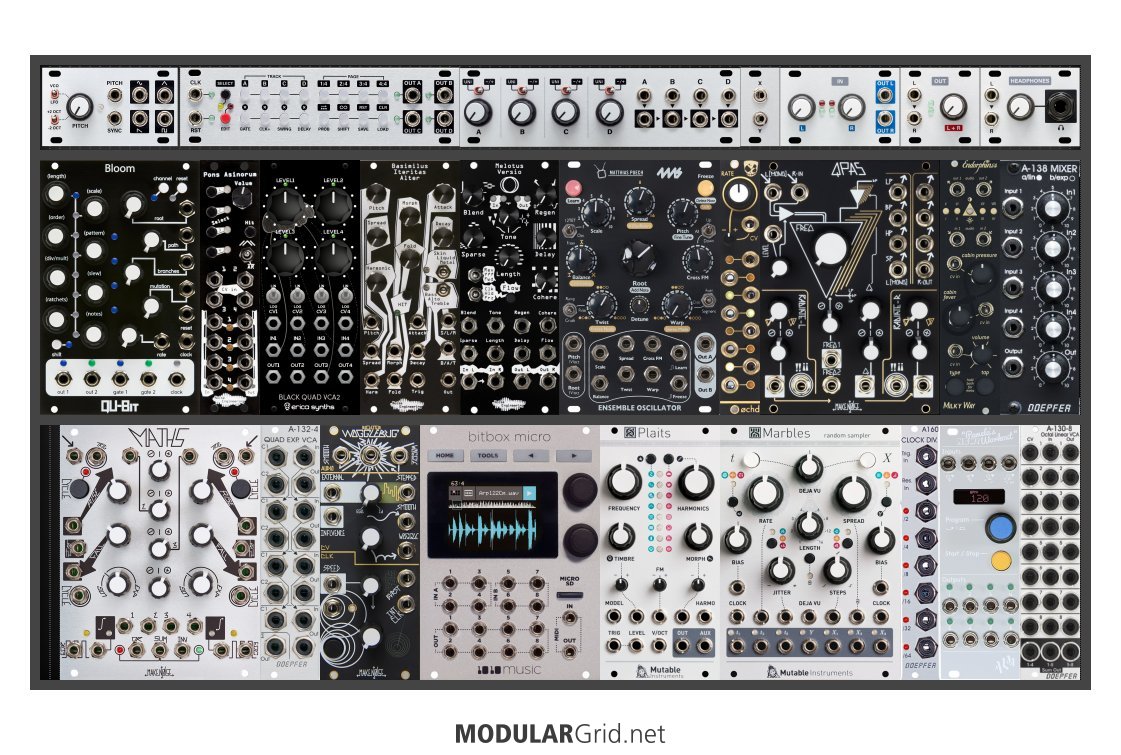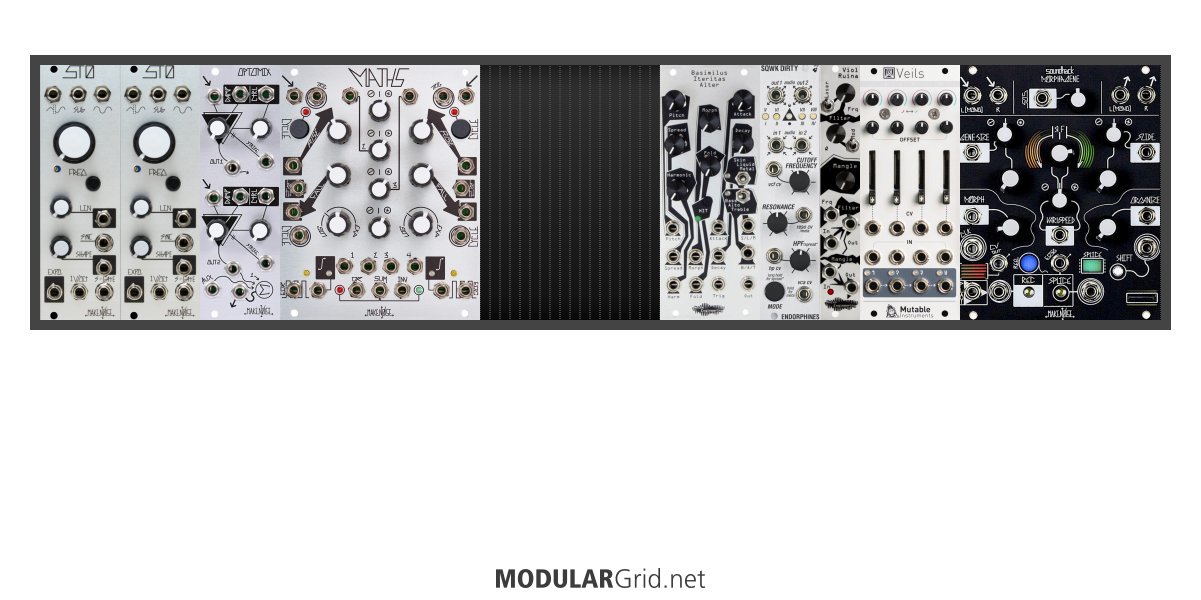OK...so a week-ish ago, this listing for this Behringer knockoff of the Buchla Sound Easel voice turns up on here. Everyone's happy and dancing around and so on...but I don't think anyone read the Facebook bit on it, which says:
"We'd love to have your feedback.
We have started to design an “Easel 208” inspired Eurorack version called Enigma. While the analog section is an authentic replica of the original synth, which also includes 14 optocouplers, we plan to add total recall functionality with an OLED display and CC control plus USB/Midi.
We believe we could make this product for US$ 399 retail.
What do you think about the functionality, layout and price?"
OK, so read that again. This is NOT an actual product yet, nor are we likely to see one anytime soon. What IS going on here is that Behringer's throwing shit at the wall and seeing what sticks. Put a CGI-rendered pic with it and you can get ANYONE to go into a frothing conniption fit for the duration.
Also, there's zero explanation of what "started to design" means. Are there actual diagrams? Is this "design" a scribble on a cocktail napkin? Did they buy a second-hand Easel and that transaction constitutes the "start" of "design"? Could we possibly, eventually not be told about this stuff UNTIL AND UNLESS B. has them at least in prototyping?
Yes, I like when B. comes out with something synthwise that's a big win. But getting constantly yanked around by the "Tribe" using everyday consumers as their R&D department doesn't seem...well, I was going to say "ethical" but this IS Uli's company we're talking about. Ethics seems to have gone through the same shredder as those litigious dbx and Mackie manuals in Uli's bottom desk drawer.
Uli, if you want market research, HIRE MARKET RESEARCHERS. Don't lead potential buyers around by the nose for months (years, decades, MILLENNIA), taunting them with something you may or may NOT produce. Having a "vaporware production line" is NOT something that should be considered an "asset", and for most companies (yours included, pal), that's eventually a huge liability...if they're stupid enough to have engaged in this sort of sketchy customer relations, which most (IMHO, Korg fits riiiiiight there!) companies are NOT.
Damn, Uli...just learn to STFU for a while, OK? If you tease something you're not going to whip out for a few YEARS, then DON'T DO IT. It doesn't help what rep you have, or might've built up thus far. We already know that the vactrols themselves are a huge stumbling block...and don't expect either Buchla or Tiptop to be selling any of theirs to the likes of your "Tribe". This basically means that you're looking at an uphill slog from having to design the vactrols...just like Don and the gang at Tiptop had to do themselves. Did you or did you not consider this serious technical issue before splatting that CGI mockup and doing the "stealth marketing research" on FB?
Feckin' Behringer...they get things right, like the 2600, the Pro-1 and so on...and then whip right around and give us those ugly-ass "Bolcas" and this West Coast near-impossibility for...uhhh...$400. Company needs to take its meds...and learn a thing or two about the purpose of discretion.








